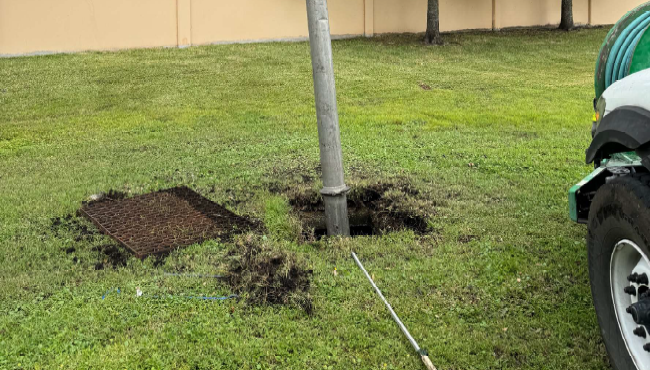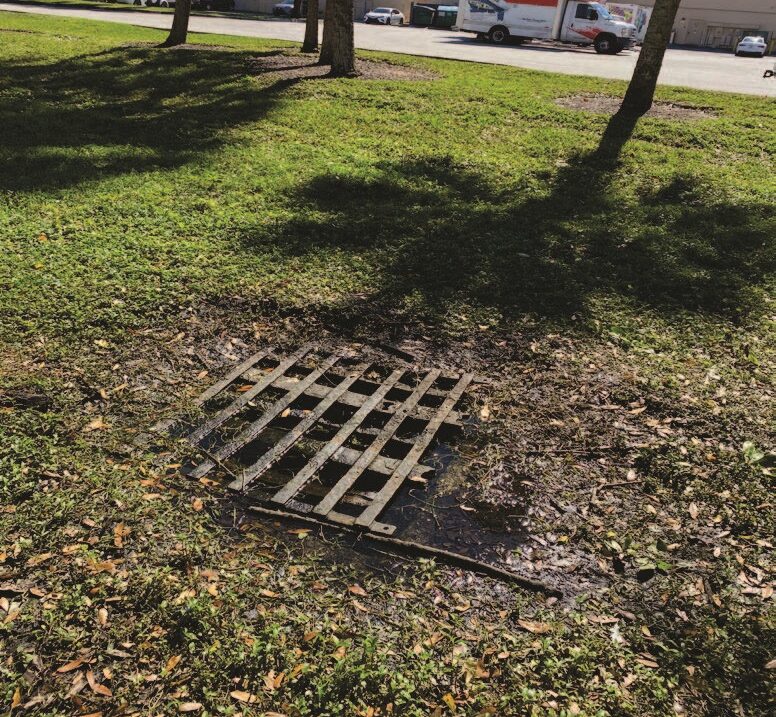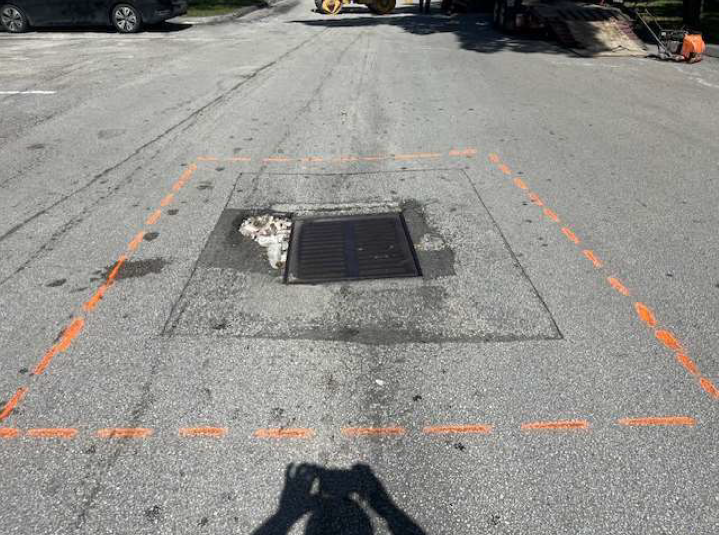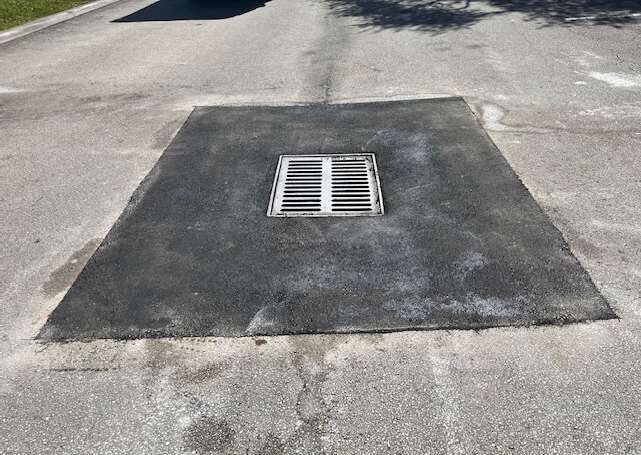Broward County, Fla. Corrective Maintenance Protects Assets
Broward County, Fla. |
Commercial |
Stormwater Maintenance - OLD
Overview:
Regular maintenance of stormwater assets protects properties from failures related to buildup and structural issues. Routinely inspecting and maintaining these assets can prevent costly repairs. This client is required by the local municipality to inspect and repair the stormwater system on their property to full compliance every five years. During this regular inspection, defects were found and remediated before more serious issues surfaced.
Problem:
This client released a request for proposal to perform industrial vacuumation services of the stormwater control measures on the property. In this county, the property was required to have a surface water management certification also called an operations and maintenance permit renewed every five years. This certification ensures the stormwater system on the property is in working order and is routinely inspected within the stated time. Municipalities may require the renewal application to be submitted by a Professional Engineer.
Stormwater systems are a combination of multiple stormwater control measures that are installed at the development of a property. Each property has a combination of assets that best manage stormwater runoff for the site. Maintenance is essential for the success of stormwater systems as the assets collect sediment and debris from stormwater runoff; maintenance is also commonly required by an Operations & Maintenance Agreement.
The first step in renewing the certification for a property is an inspection conducted by a professional engineer. The site is inspected to ensure it aligns with the original design of the property. During the inspection, all stormwater assets are closely examined to ensure they are fully functional. Stormwater assets are analyzed for deterioration, debris accumulation, erosion, flooding and obstructions. These may be symptoms of larger issues and should be highlighted in the engineer’s report.
After the initial inspection of this site, multiple maintenance and repair needs surfaced. Per requirements of Broward County, material or debris inside a pipe shall not exceed 5% of the diameter of the pipe and the material in the catch basin shall not exceed 5% of the distance from the bottom of the structure to the lowest pipe invert. This stormwater system did not meet these requirements and therefore needed to be serviced. Additionally, fractures were found inside and around multiple catch basins that needed repair.

Before

After
Solution:
For this property, industrial vacuumation and jetting was the preferred method to clean these stormwater control measures and avoid dewatering. The stormwater assets on this site were laden with sediment and debris preventing them from properly conveying the stormwater. The assets on the property include 43 catch basins and 4 bubble up structures.
Bubble-up structures are a type of stormwater inlet common in areas with a high-water table. Bubble-up structures, also known as a subsurface infiltration inlet, dissipate the flow velocity of stormwater which reduces the risk of erosion and plant damage. They are often connected to stormwater control measures that temporarily hold water like detention ponds and bioretention cells. They act as an overflow inlet for these SCMs and are connected to the rest of the stormwater system through pipelines. When excessive stormwater overwhelms stormwater infrastructure upstream, it overflows via the bubble up structure into green infrastructure that offers additional capacity. In Florida, assets like this are essential to combat the high-water table as groundwater may infiltrate stormwater assets.
As high velocity of stormwater flows through this inlet, sediment and debris can collect and settle over time, clogging the asset. Some bubble-up structures on this property had become so laden with vegetation that they were covered by grasses. AQUALIS excavated around the structure to allow access.
Next, the catch basins could be repaired. The area around catch basins is called the apron. It offers additional structural support and is often sloped to convey water toward the grate. On this property, some aprons around the catch basin had begun to deteriorate. To repair aprons, the surrounding area is demolished, excavated and regraded. Asphalt or concrete is then poured into the area to the specifications of the original design.
The least invasive and most efficient way to clean underground infrastructure is with industrial vacuumation and jetting. This maintenance method involves a dedicated truck with a high-pressure pump that can vacuum water and sediment out of assets. The slurry is then temporarily held in a weir tank on the truck before being properly disposed of at a waste facility. Regularly vactoring assets is crucial to their success as sediment buildup prevents the asset from offering water quality or quantity benefits. By vactoring these assets now, the client has prevented inevitable backups that lead to system failures like flooding, erosion and sinkholes.
 Kenosha, Wis. Highway KR Regenerative Stormwater ConveyanceThe Root-Pike Watershed Initiative Network Kenosha County, and others worked with AQUALIS to design and implement an innovative solution for stormwater control along Highway KR.
Kenosha, Wis. Highway KR Regenerative Stormwater ConveyanceThe Root-Pike Watershed Initiative Network Kenosha County, and others worked with AQUALIS to design and implement an innovative solution for stormwater control along Highway KR. Durham, N.C. Sinkhole Leads to Stormwater System RehabilitationThe tenant on this property noticed a depression that opened to the ground below and notified the property owners.
Durham, N.C. Sinkhole Leads to Stormwater System RehabilitationThe tenant on this property noticed a depression that opened to the ground below and notified the property owners.








